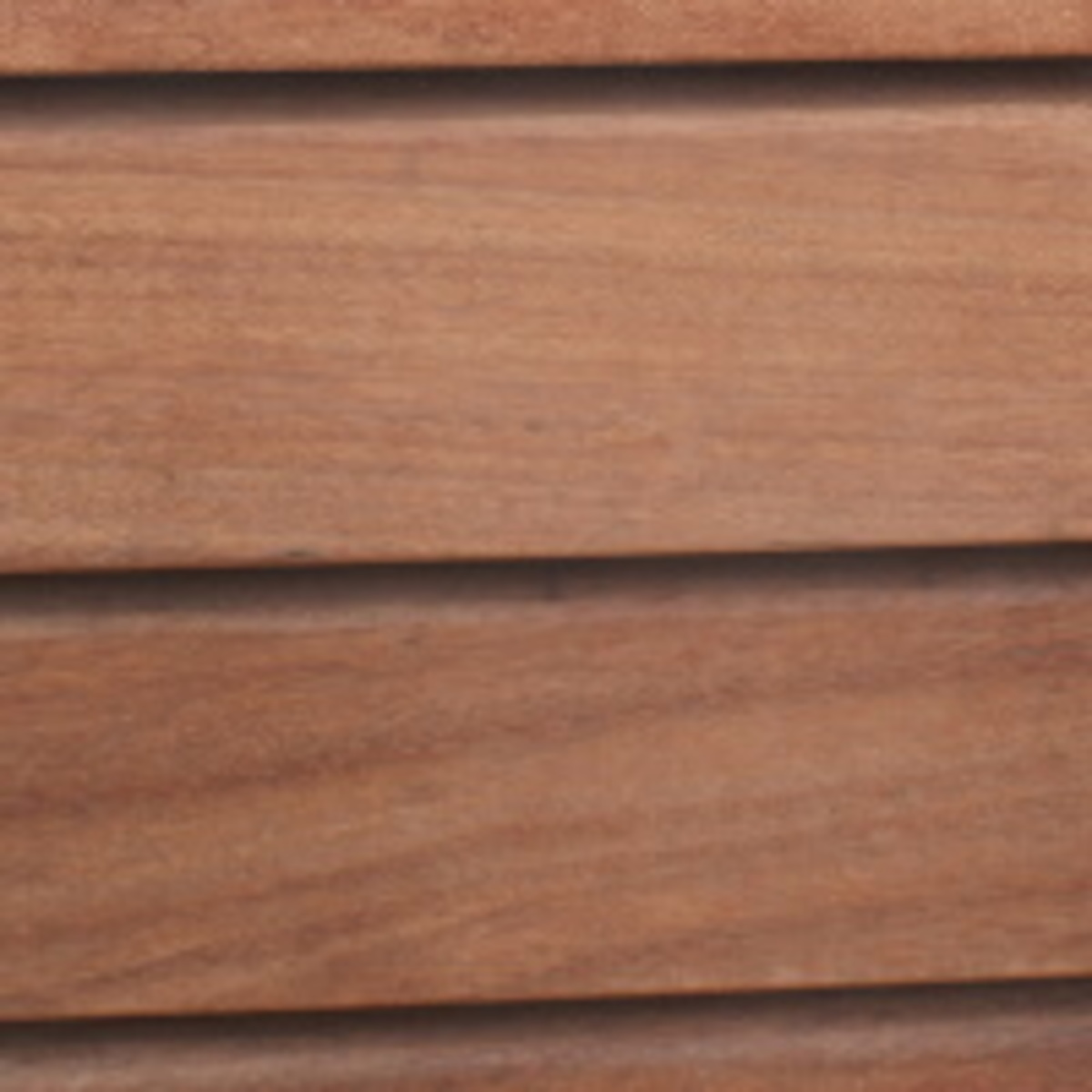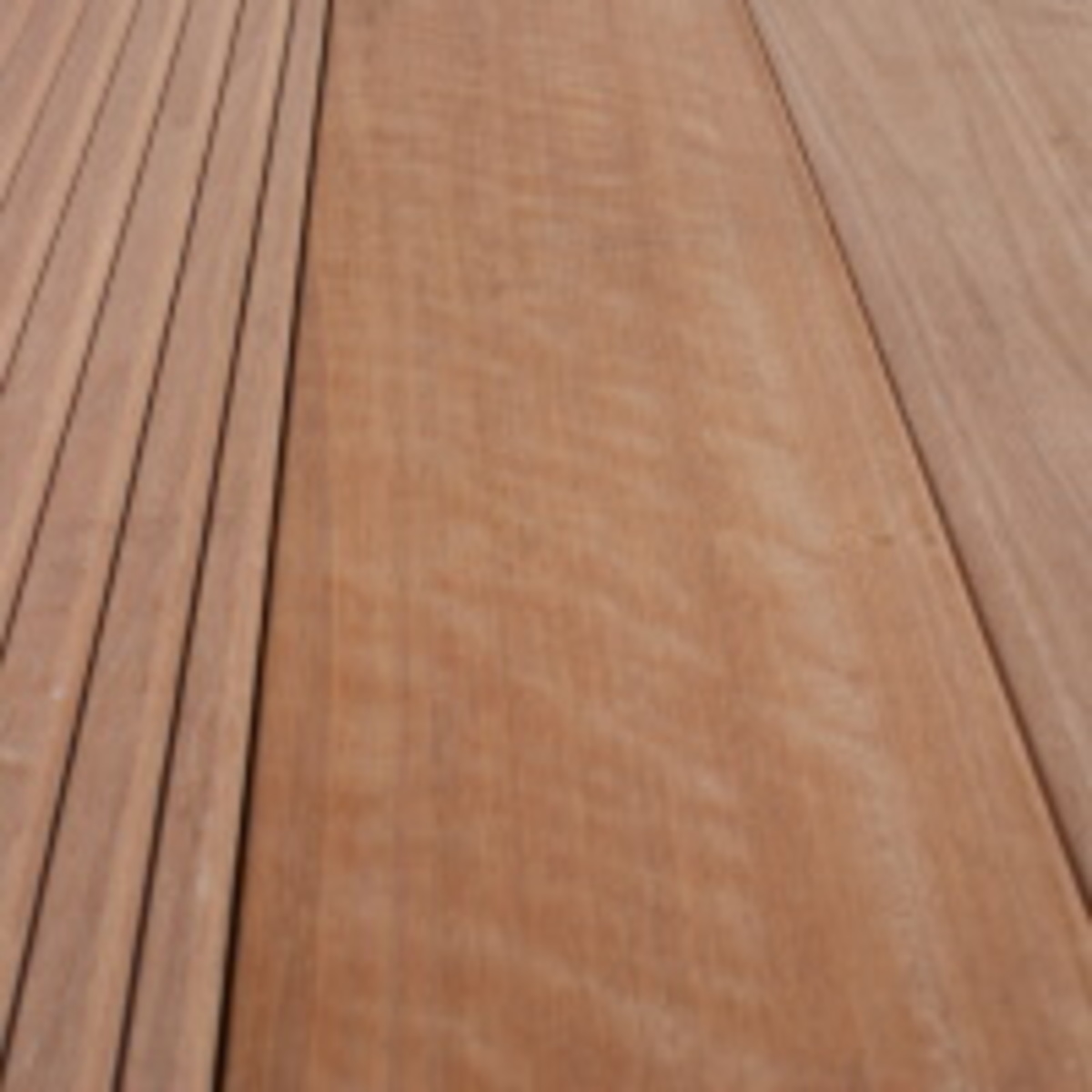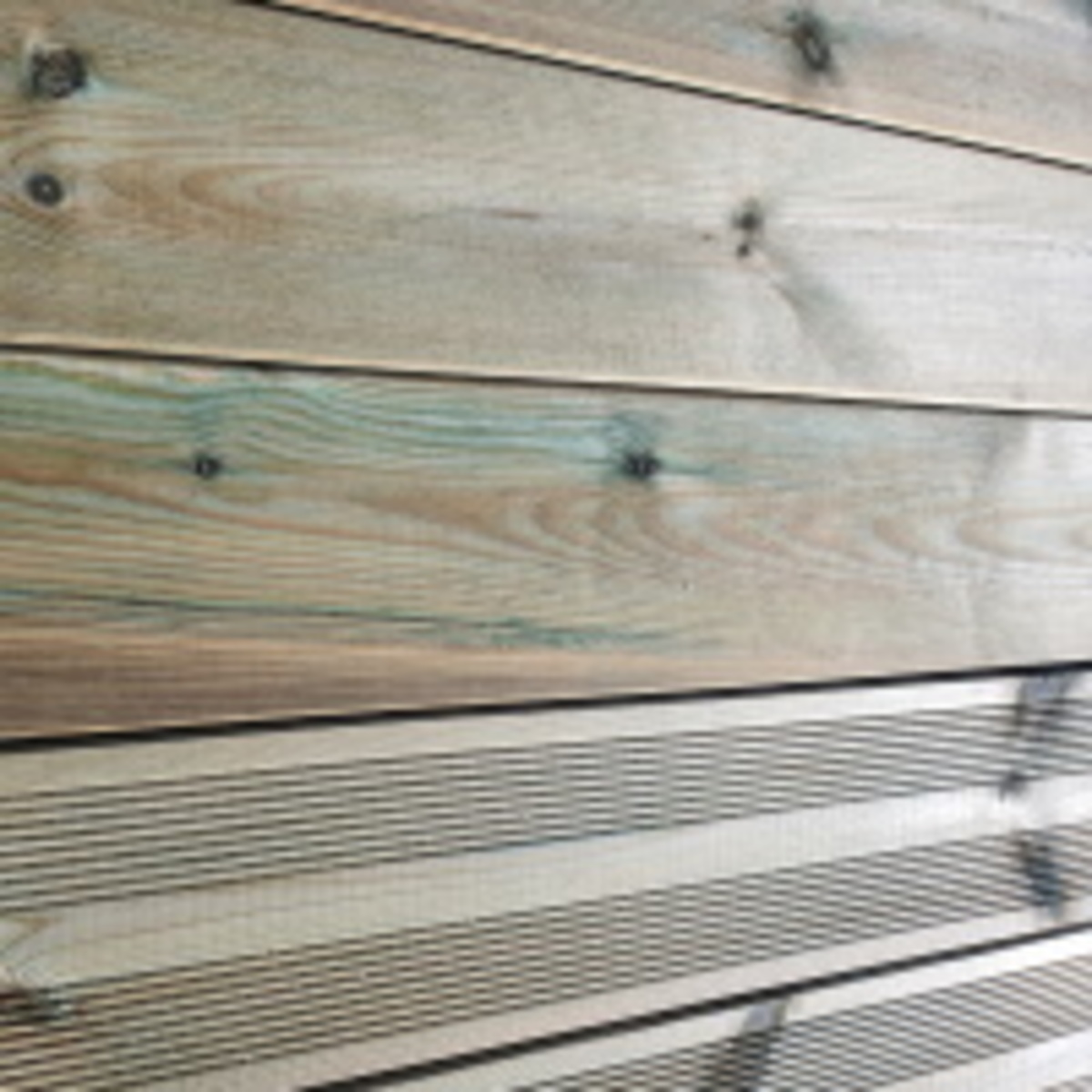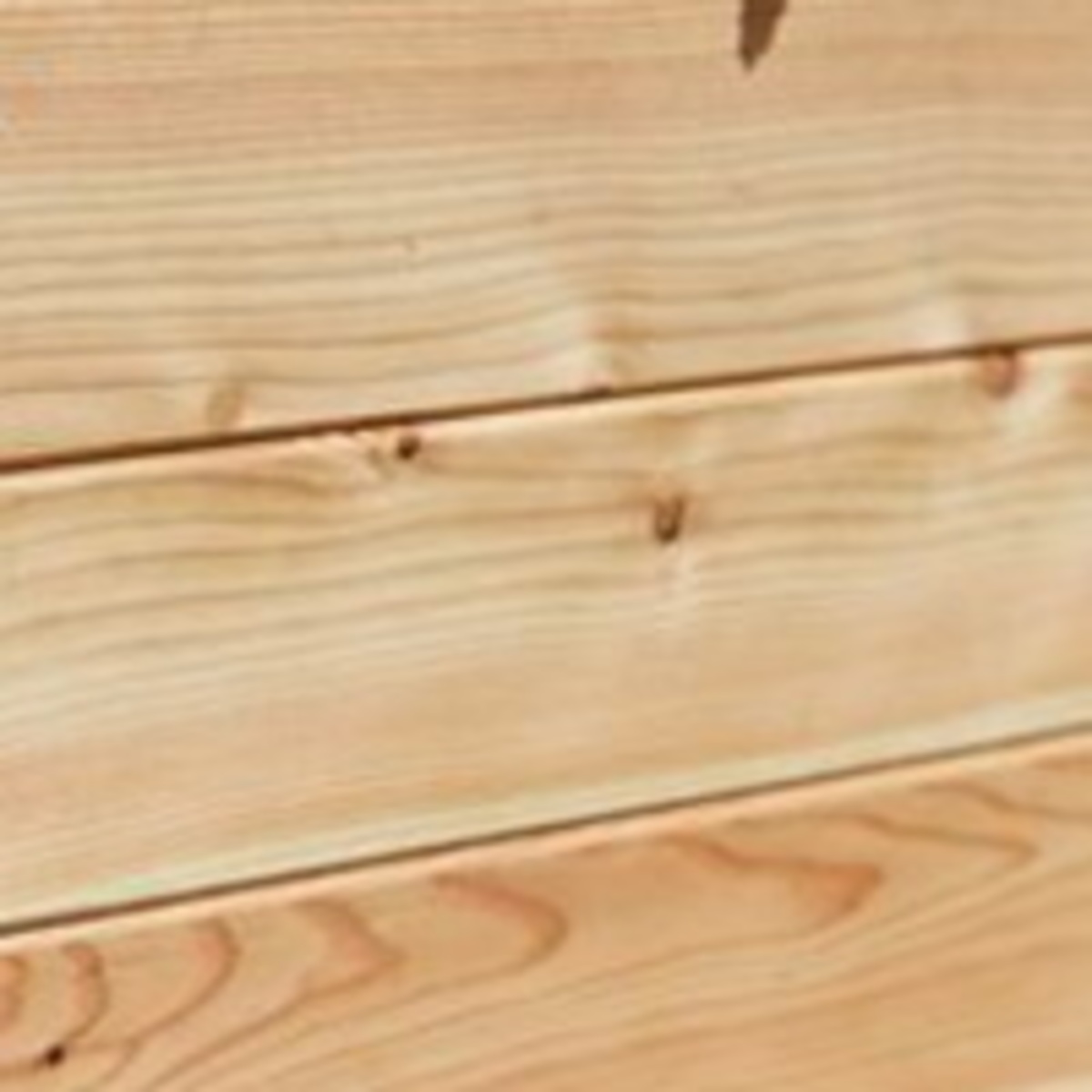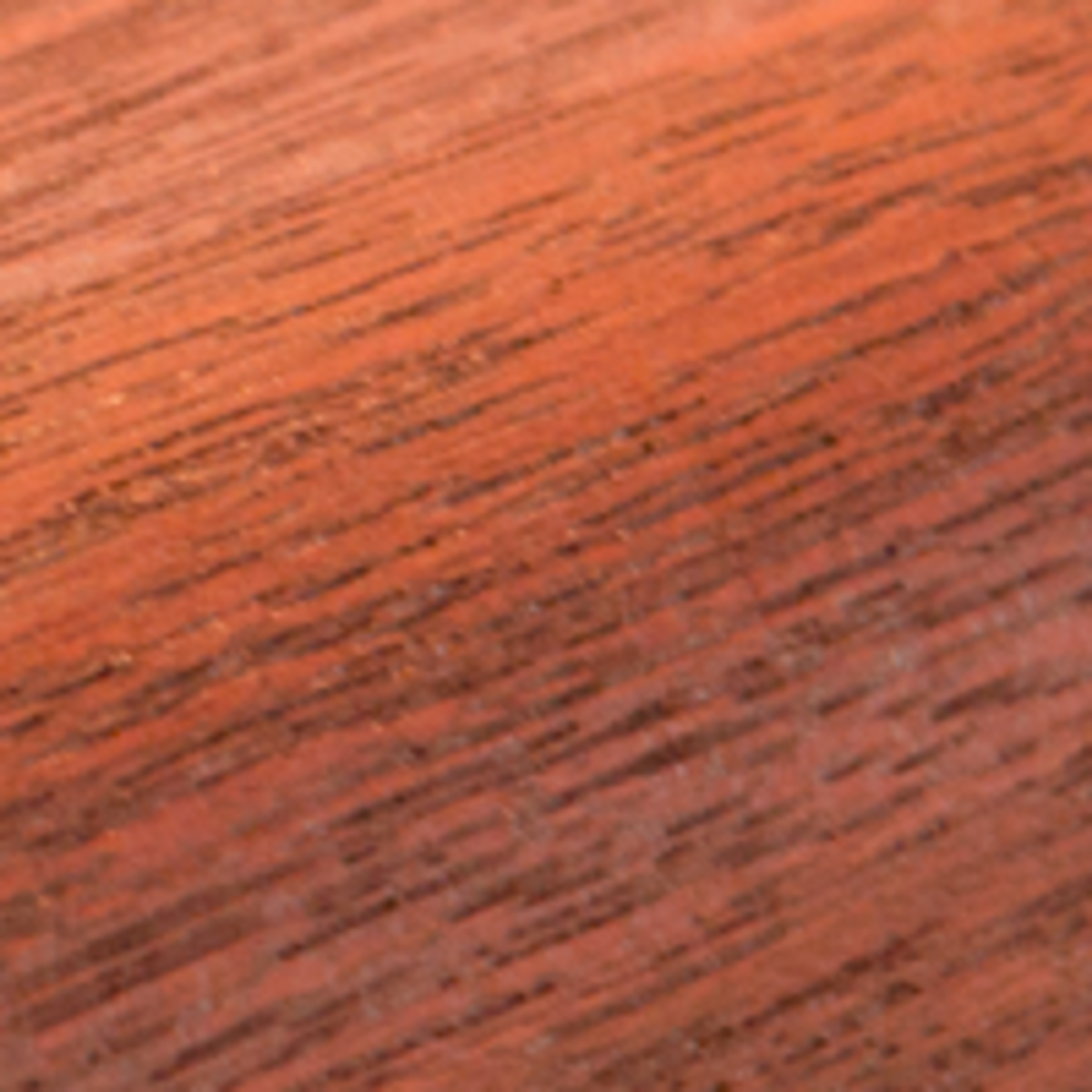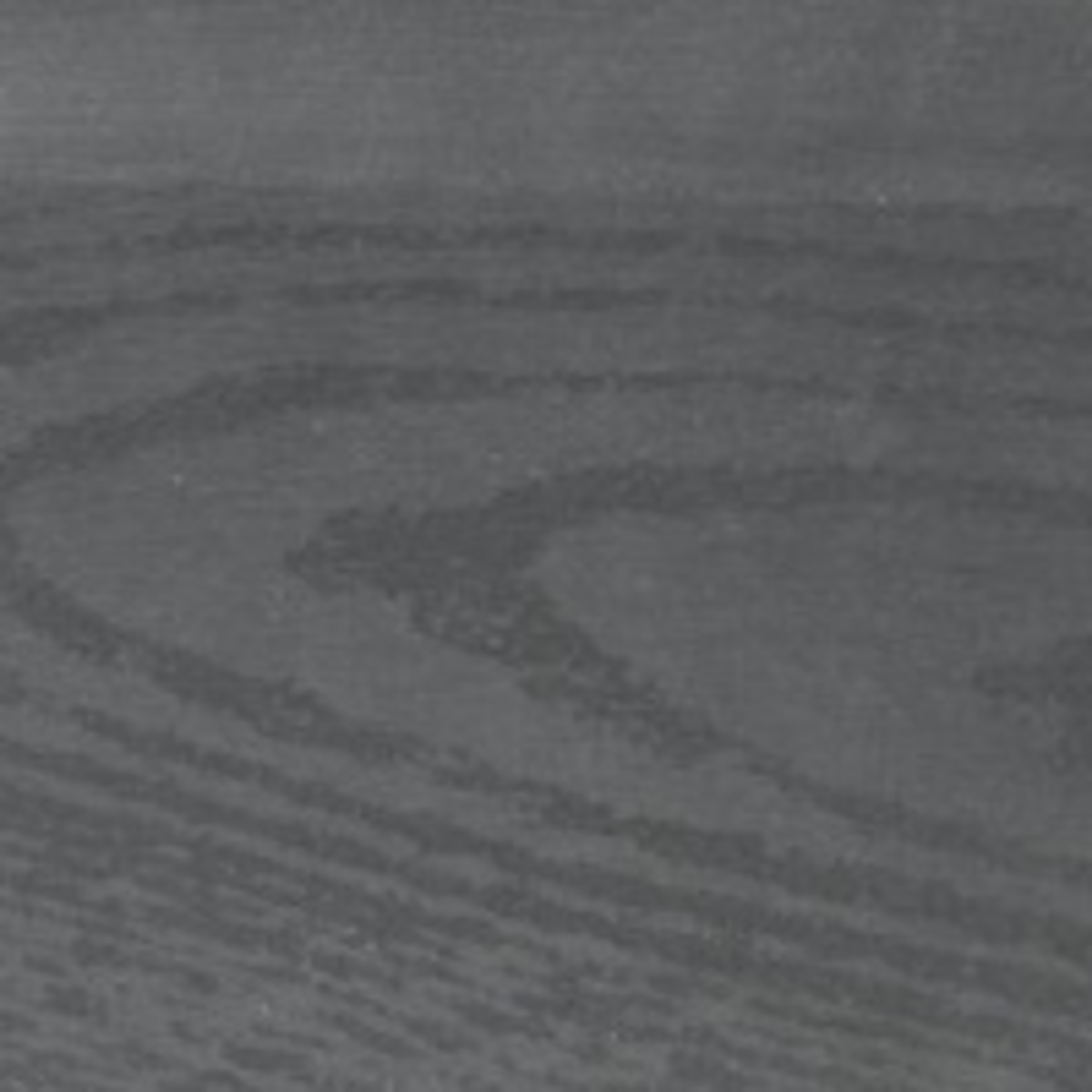Larch wood for outdoor use
Larch wood
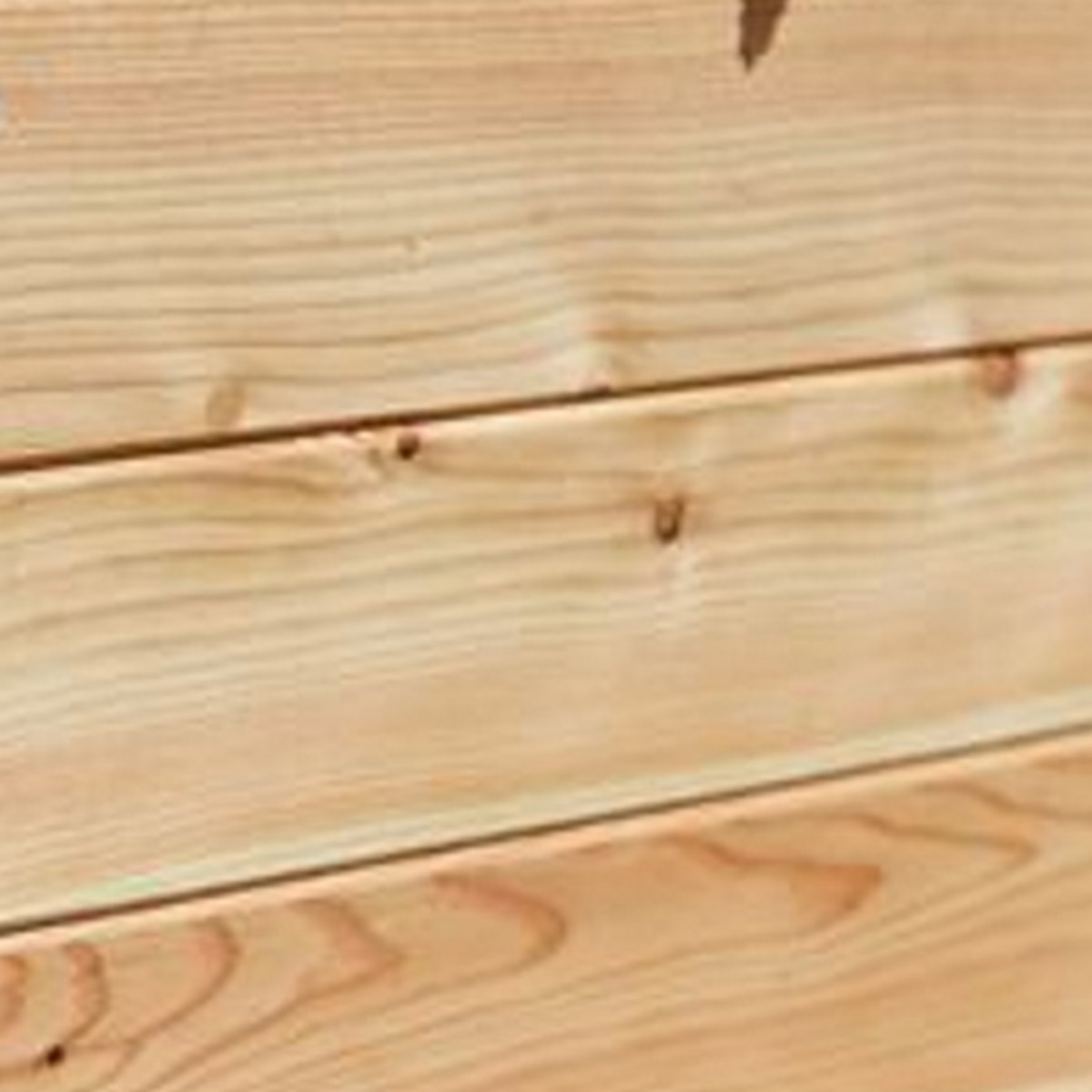

Larch wood technical specifications
Origin: Siberia, Russia
Color: from light yellow to brown.
Volumic mass: 650 kg / m3 at 12% humidity
Durability class: 3 - moderately durable, 10-15 years
Application class: 3 - outdoors, without ground contact
Hardness according to Janka: 2,600 - 3,900 N
Resistance to fungi: 3 - moderately durable
Resistance to insects: G- inner bark sensitive to deterioration
Resistance to termites: G- inner bark sensitive to deterioration
Deterioration: Medium to large
Machining: Relatively easy with sharp tools. The small but hard brushes can smash pieces from the chisels. The high resin content can stick to the tools and stick with sawdust deposits.
Screwing and nailing: easy, good adhesion
Comments: After Taxus, Siberian Larch can seen as the best and most durable pinewood in Europe.
Larch wood
Due to the high heartwood content of Larch, Larch has a longer lifespan than Pine or Spruce wood. Yet this lifetime is no longer than with impregnated pine. PLUS products are treated with antifungal wood oil before delivery and we recommend that you repeat this treatment after assembly. The color of Larch will fade and age under the influence of UV radiation from the sun over time, and over time "burn" the surface protective layer away. Regular treatment with oil slows down the natural aging process. Without treatment, the wood acquires a silver-gray color over time. These natural aging processes are not a reason for complaints and possible compensation. Regular cleaning of the wood prevents the growth of fungi and algae and increases the durability of larch wood. Like all other (pine) woods, larch wood tends to form cracks.
Resin formation and stains
Larch wood has a very high resin content and it is therefore very likely that it will come out of the wood over time and form resin bubbles or stains. This is a completely natural process and cannot be avoided. Resin wax can be scratched from the wood or wiped with a cloth soaked in white spirit. Always make sure that there are no resin bubbles before you sit on a pinewood piece of furniture! Resin can cause mean stains on your clothes that are difficult to remove!
Maintenance and after-treatment of Siberian Larch wood
You should regularly clean the wood with a chlorine-containing cleaner or wood cleaner. Leave the cleaner on for at least 30 minutes, and then wash it thoroughly with water. Cleaning cleanses fungi and bacteria that cause discolouration and ultimately rot. Always follow the manufacturer's instructions before cleaning a product!
When the product has been completely cleaned and dried, we recommend treating the larch wood with an antifungal wood oil, for example with a colored teak oil. That makes the wood look nice and protects it against fungi and bacteria. The high-quality Larch wood processed by PLUS is pre-dried, but will also develop cracks at a later stage. This is a natural process and unavoidable and has no influence on the strength and lifespan of the wood. Despite careful packaging, the wood can show traces of transport and packaging, these traces are, with the exception of extreme cases, no reason for a complaint.
Is Larch timber a good choice?
Perhaps following the above, you might think that Larch wood is not such a good choice ... Don't worry, Siberian Larch can be considered the best and most durable pinewood in Europe after Taxus! Larch wood is an excellent choice for garden furniture, flower boxes or fences. But wood remains wood and it is a living and working product. If you regularly do a little maintenance, then Larch is an excellent choice and you can enjoy it for many long years!









